In most languages, the choice of words when you greet someone will set the bar for the rest of that conversation. Choose the wrong phrase, and you could be facing a confused local instead of a welcoming one. But have no fear! This list of Swedish ways to say Hello is here.
I’ve also included a short summary of how to pronounce it, what the American English equivalent is, and what kind of situations each phrase can be used in.
There are some local varieties in there as well, with Stockholm, Gothenburg and Malmö all being represented, along with other more remote dialects to spice it up a bit.
I must’ve heard a million Swedish greetings over the years, and these 29 have all made a good enough impression to be fondly remembered by me and most of the Swedish population (through TV and social media). The best of the best when it comes to Swedish greetings, if you will!
Now get out there and greet some Swedes like there’s no tomorrow!
The Easy Way: "Hej"
🗣️ Pronounced: “Hey”
🇺🇸 American English equivalent: “Hi”
A short “Hej” is by far the easiest and most standard way to say hello in Swedish. It will always work, no matter the situation, but it may sound a bit too rigid and cold when used with close friends.
The word is rooted in the Old Norse language and became a common phrase among the general Swedish population around the turn of the century (early-1900s), when nationalistic trends saw a resurgence of Old Norse culture in the Nordics as a whole.
Here’s a funny and awkward short film about the word “Hej” made by the talented studio Konst i Kaos:
Historically speaking, the Gothic Association is attributed as early proponents of the word, starting to use it as a “secret” greeting as early as the 1800s, in an attempt to bring back Viking customs and traditions to the modern age.
Over time it was picked up by student societies across the country as a way to greet each other, eventually becoming the standard Swedish way to greet someone.
The Upgraded Easy Way: "Hej hej!"
🗣️ Pronounced: “Hey Hey”
🇺🇸 American English equivalent: “Hiiii”
Nothing says hello like saying it twice.
Swedes love to throw out a double-Hej to make the original greeting a bit more cheerful, while still not straying too far away from it.
The Nice Way: "Hejsan"
🗣️ Pronounced: “Hey-san”
🇺🇸 American English equivalent: “Hi there”
When you want to come off as approachable and unthreatening, a nice “Hejsan” will go a long way.
Here’s the semi-legendary Swedish Mohawk Kid with a great example of how to greet your parents with a “Hejsan”:
The Friendly Way: "Allt bra?"
🗣️ Pronounced: “Alt braw?”
🇺🇸 American English equivalent: “You good?”
Whenever you meet friends and acquaintances, a friendly “Allt bra?” will say hello and ask how they are doing all at once.
The Informal Way: "Tjena"
🗣️ Pronounced: “Che-nah”
🇺🇸 American English equivalent: “Heyo”
If you’d like to avoid coming off as too rigid and formal, a simple “Tjena” will do great in many settings. It can be used safely with workmates, schoolmates, and any other people who do not expect a formal greeting.
Here’s a phenomenal example of how to say it in Stockholm:
The phrase interestingly stems from the old saying “Er ödmjuke tjänare” (“Your humble servant”), which was shortened to “Tjänare” in the 1700s when it started to be used among friends in an ironic manner. Eventually, it evolved to “Tjena” (which has its own variants as we will see further down).
This can be compared to the Italian “ciao” which originally means slave, and the less known German “servus” (which also stems from the Latin word for slave or servant).
The More Informal Way: "Tjabba"
🗣️ Pronounced: “Cha-bah”
🇺🇸 American English equivalent: “Yo yo”
“Tjabba” is another form of “Tjena”, and can be used in even more informal settings or when you are trying to add a fun twist to your greeting.
Mostly used in the Stockholm region, as made abundantly clear in this awesome Eurodisco collab between Pernilla Wahlgren and Nicklas Strömstedt (decently translated in the video):
The Most Informal Way: "Tja"
🗣️ Pronounced: “Cha”
🇺🇸 American English equivalent: “Yo”
Humanity has a strong tendency to cut every phrase down to its shortest possible form, and “Tja” is the shortest possible form of “Tjena”.
This variant of “Tjenare” is also the closest relative to the Italian “ciao” in both meaning and pronounciation.
Commonly used among friends, this is the perfect greeting when you want to acknowledge someone in a somewhat agreeable way without wasting any time or resources.
Oh and here’s nutty Swedish singer Carola with a great example of how to cover all your bases; with a “Tja”, followed by a “Hej”, and finished off with a “Salam”:
The Homie Way: "Läget?"
🗣️ Pronounced: “Laah-git”
🇺🇸 American English equivalent: “What’s up?”
This is my go-to phrase for greeting friends of any kind. “Läget?” basically means “How’s it going?”
RMK & Toppet showcases an excellent way to use the word in their funky song “Läget då?” (said at 0:55):
The Loud Way: "Hallå!"
🗣️ Pronounced: “Hallo”
🇺🇸 American English equivalent: “Hello”
This is what I yell out when I come home and isn’t sure if anyone’s actually home but would like to find out.
So it can be more like a question I suppose, which the people of Gothenburg has definitely embraced as you shall see further down.
You’d also be ok to use this with a big smile on your face as a phrase to greet your friends.
Just don’t do whatever it is this guy is doing:
The Jokester Way: "Halloj"
🗣️ Pronounced: “Hah-loy”
🇺🇸 American English equivalent: “Helluuuh”
Throw out a “Halloj” when you want to change it up a bit and set a fun and relaxed tone. Is not used very frequently in my surroundings.
For reference Swedish comedians Peter & Fredde pulls off a solid “Halloj” around 0:39:
The Formal Way (Morning): "God morgon"
🗣️ Pronounced: “Guh-morr-on”
🇺🇸 American English equivalent: “Good morning”
If you want to keep a formal and courteous tone, nothing beats a “God morgon” combined with a slight head nod when you meet someone in the morning.
Here’s a lovely example of how to say it from Swedish artist Ida Redig:
The Formal Way (Daytime): "God dag"
🗣️ Pronounced: “Guh-dog”
🇺🇸 American English equivalent: “Good day”
If you want to keep a formal and courteous tone and you bump into someone around midday or early afternoon, you can’t go wrong with a “God dag”, yet again combined with a slight head nod.
Here’s Mora Träsk teaching Swedish kids how to say “God dag”, so I figured it might help anyone else looking to learn as well:
The Formal Way (Evening): "God kväll"
🗣️ Pronounced: “Guh-kvell”
🇺🇸 American English equivalent: “Good evening”
For a formal and courteous greeting during the evening, a simple “God kväll” will work well, and if you choose to combine it with a slight head nod you score some bonus points.
Here’s a beautiful way to deliver a “God kväll” by Stefan Andersson (with a handy French translation), from the play “Teaterkungen: Gustav III”:
The Chill Way: "Tjo" / "Shoo"
🗣️ Pronounced: “Chu”
🇺🇸 American English equivalent: “Yo”
You’ll sometimes hear “Tjo” or “Shoo” in relaxed environments among friends in the bigger cities (usually common in but not exclusive to immigrant communities).
Get creative and tack on a “Läget?” after, making it “Shoo läget?”. Go even further and make it “Shoo läget brush?” (Yo sup bro?) for maximum bonus points.
Here’s an example from the south, from some funny dudes describing the rough day-to-day of a warehouse truck driver (“Shoo” at 1:31):
(I don’t think it’s supposed to be serious, but whatever the intentions it’s pretty funny)
The Countryside Way: "Huj"
🗣️ Pronounced: “Huy”
🇺🇸 American English equivalent: “Howdy”
I’ll be honest, I haven’t heard this one that often. But then again, I don’t spend a whole lot of time on the Swedish countryside. But if you hear a “Huj” whilst touring rural Sweden, you now know what they mean.
The Stockholm Way: "Morsning!"
🗣️ Pronounced: “Mosh-ning”
🇺🇸 American English equivalent: “Mornin'”
I’d say Stockholm is the only place in Sweden where you can pull of a “Morsning!” greeting.
It should be used exclusively in the morning, but saying this anywhere else in Sweden would likely greet you with confused looks and directions to the capital.
To take it one step further you can add a “korsning”, adding a rhyme and a twist that can cheer up even the stiffest coworker.
I couldn’t have said it better than Christer Pettersson even if I tried:
The Gothenburg Way: "Hallå eller!?"
🗣️ Pronounced: “Hah-low ell-ur?”
🇺🇸 American English equivalent: “Howdy-do!”
🇦🇺 Australian English equivalent: “G’day mate!”
Nothing puts a smile on my face as a loud and sudden “Hallå eller!?” when I go to Gothenburg or meet friends from the Västra Götaland region.
Is it a question or a greeting? Not sure. Either way, one should really emphasize and roll out the “r” as much as humanly possible for maximum bonus points: “Hallååå ellerrrrrr!?”
A smile on the face is also mandatory when greeting anyone this way.
For a perfect example, here’s an introduction to Gothenburg for newly arrived people from all over Sweden (it’s a comedy bit). Listen closely at 0:08:
The Malmö Way: "Hajj hajj"
🗣️ Pronounced: “Hai hai”
🇺🇸 American English equivalent: “How goes it”
This one can get a bit confusing because it is also a way to say goodbye in Malmö and the rest of Skåne as well. Meet someone on the street? “Hajj hajj” along with a casual head nod. Wanting to say goodbye to someone on the phone? “Haaajjjjj”. Easy peasy!
Here’s a pitch-perfect example (how to end a phone call, Swedish vs. Scanian):
The Norrland Way: "Hörrdu"
🗣️ Pronounced: “Huhr-duh”
🇺🇸 American English equivalent: “You there!”
I’ve been to Norrland many times now, and every time I’m reminded how matter-of-fact and short they tend to be by nature. It’s so efficient, and a treasured part of Norrland culture.
So, the “Hörrdu” from the north is stated in a short and concise way. No emotion attached, no accusation inferred, and surprisingly no actual greeting involved either. Just a simple “Hörrdu”.
Not to be confused with the “Hörru!” you hear in Stockholm so often, although they are used in a similar way.
An old-school example still holding up to this day (listen for the very first word):
The Värmland Way: "Tjipp!"
🗣️ Pronounced: “Chip”
🇺🇸 American English equivalent: “Hi”
Now, I should clarify that this is not something all people from Värmland go around and say. But it was immortalized by a Värmlänning on TV between 1971 and 2003.
On the very popular children’s TV show “HAJK”, the host Bengt Alsterlind simply made this word up, and proceeded to greet everyone this way in each episode.
He now does this on a regular basis on his own YouTube channel (in a Wu-Tang T-shirt apparently):
The Old School Way: "Hej på dig"
🗣️ Pronounced: “Hey-poe-day”
🇺🇸 American English equivalent: “Greetings”
This phrase is exclusively reserved for the older generation, and just won’t come out the right way if used by millennials or younger.
The Lazy Way: "Öh!"
I’ll try to paint a picture for you:
A group of friends is sitting on a couch watching some sports, a movie, or similar. One of them gets a hilarious GIF in a text and turns to the friends next to him and alerts them to this hilarity with an elbow nudge and a short and caveman-esque “Öh!”.
🗣️ Pronounced: “Uh!”
🇺🇸 American English equivalent: “Hey!”
The Big City Way: "Ey"
🗣️ Pronounced: “Ey”
🇺🇸 American English equivalent: “Ey”
Can be used interchangeably with both “Öh” and “Hörrdu”, and is more popular among the densely populated big city suburbs of Sweden.
Here’s how it can sound (0:10):
The Laidback Way: "Va händer?"
🗣️ Pronounced: “Vuh hen-dur?”
🇺🇸 American English equivalent: “What’s going on?”
This can be used in a very laidback way combined with a smile, but can interestingly also become fairly hostile if you say it loudly accompanied by an angry face. So make sure you smile!
The Preschool Way: "Halli hallå"
🗣️ Pronounced: “Haa-lee haa-low”
🇺🇸 American English equivalent: “Howdy-doody!”
Made famous by the surprisingly popular kids characters Babblarna (originally aimed to assist kids with learning challenges, but eventually embraced by the entire population of preschool kids in Sweden).
Watch at your own risk (nah just kidding, they’re great!):
The Witty Way: "Tjingeling"
🗣️ Pronounced: “Ching-eh-leeng”
🇺🇸 American English equivalent: “Hi-Diddily-Ho”
This is a phrase an overly enthusiastic person would exclaim upon entering the workplace, and also what someone trying to sound witty would probably say.
It sounds like those shopkeepers bells that small stores have attached to the door, if you know what I mean? “Tjing-e-ling”
The Group Way: "Hej allihopa"
🗣️ Pronounced: “Hey all-ee-hoopa”
🇺🇸 American English equivalent: “Hello everyone”
Can be used when greeting colleagues in a Zoom call or a class of first graders, so it’s a very versatile greeting when addressing a group of people.
I can’t think of many that say it better than Blondinbella (blogger turned successful entrepreneur):
The Clown Way: "Hejsan hoppsan!"
🗣️ Pronounced: “Hey-san hop-san”
🇺🇸 American English equivalent: “Hoooowdy-ho”
This is what a clown at a kids birthday party would scream as he bursts into the room, with an extensive smile and way too much enthusiasm.
It was also made famous in the christmas song “Mössens julafton (Hejsan hoppsan)”:
The Snaps Way: "Hej tomtegubbar!
🗣️ Pronounced: “Hey tom-tuh-goo-bar”
🇺🇸 American English equivalent: “Hey-ho!”
Speaking of Christmas, the by far most popular “snaps song” (a song you sing before collectively taking a shot of Aquavit around the Christmas, midsummer, or Easter table) sung on Christmas eve is “Hej tomtegubbar!”, so expect jokesters to blurt this out at an increasing rate around the holidays.
As I feel we’ve gotten our fair share of cheerful songs already in this article, I also want to mention that this song can also be sung in a much more melancholic way (so more Nordic I’d say) as Nina Persson from The Cardigans does here (in a charity drive for homeless children):
 English in Sweden: How Well Swedes Speak & Understand English
English in Sweden: How Well Swedes Speak & Understand English Viking Music: What Instruments Did the Vikings Play? (Examples)
Viking Music: What Instruments Did the Vikings Play? (Examples)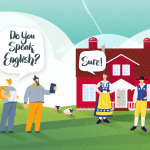 Can You Get By With English Only In the Nordic Countries?
Can You Get By With English Only In the Nordic Countries? Swedish Breakfast Habits: A Complete Guide
Swedish Breakfast Habits: A Complete Guide

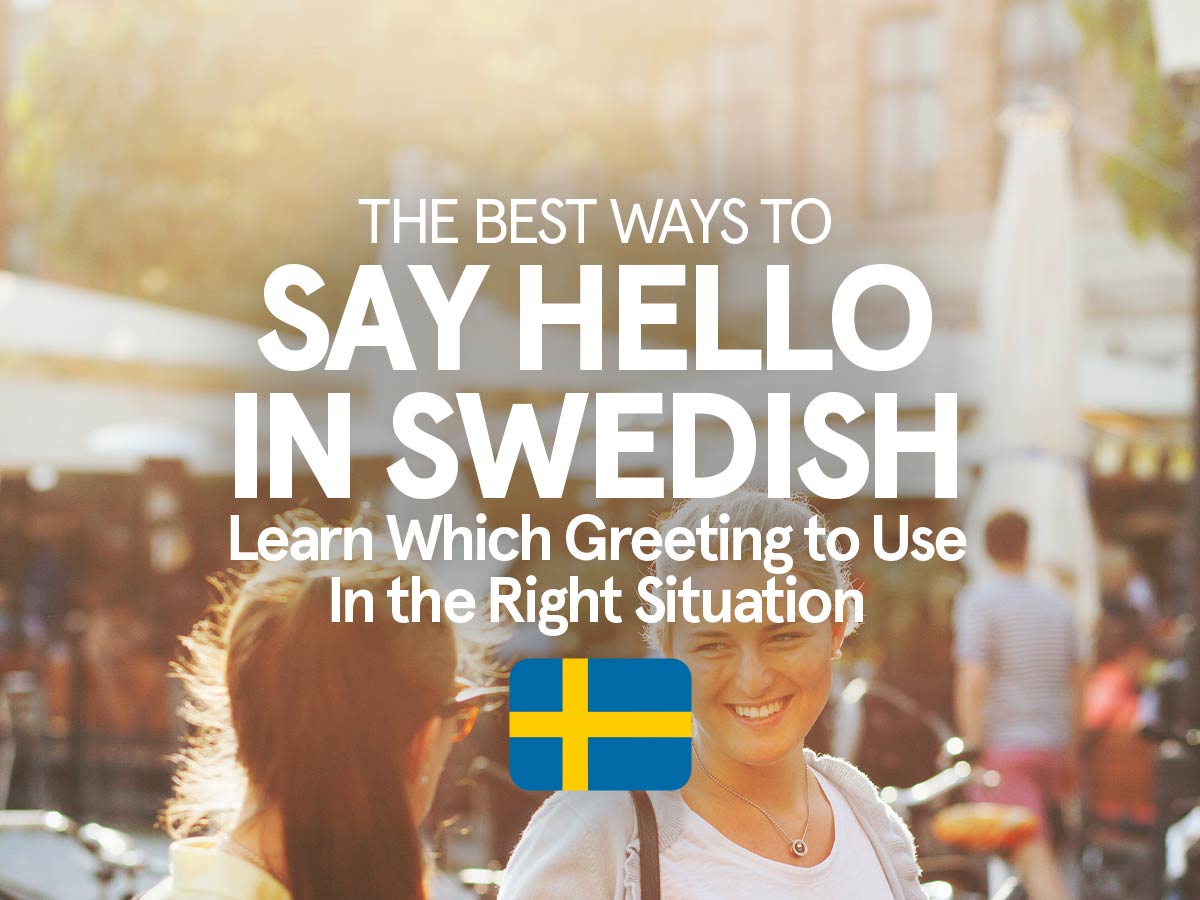
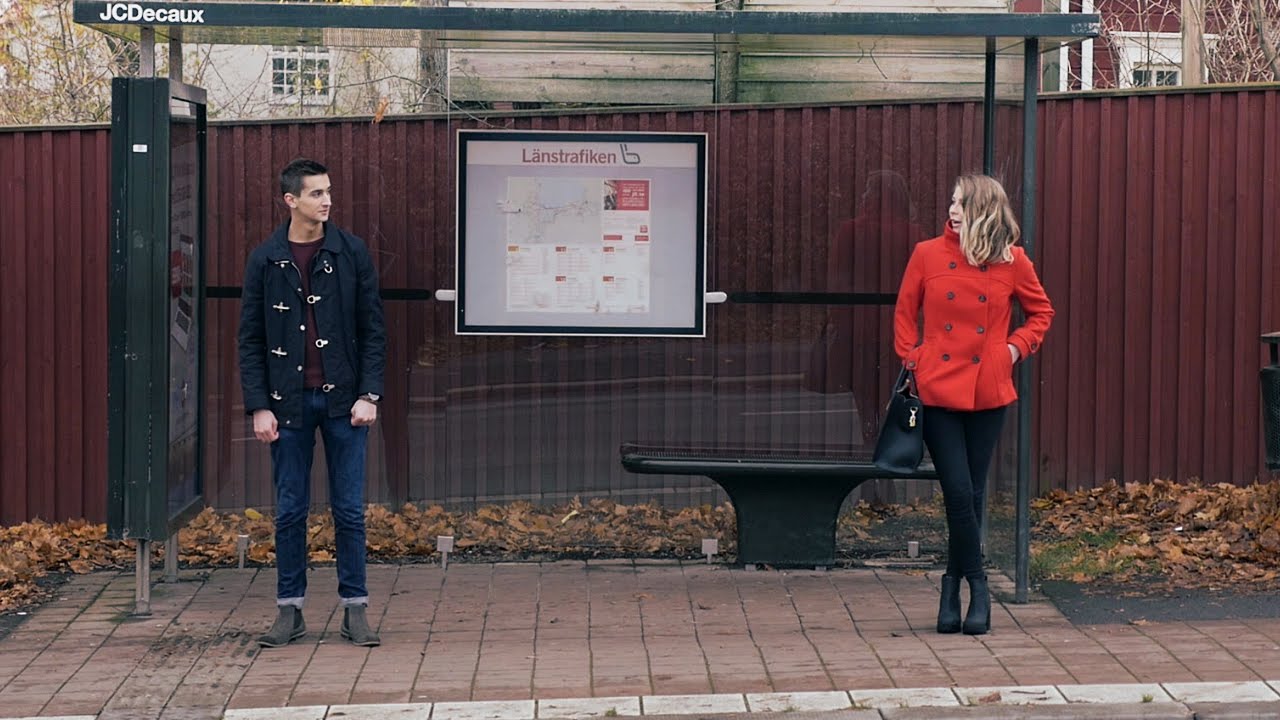
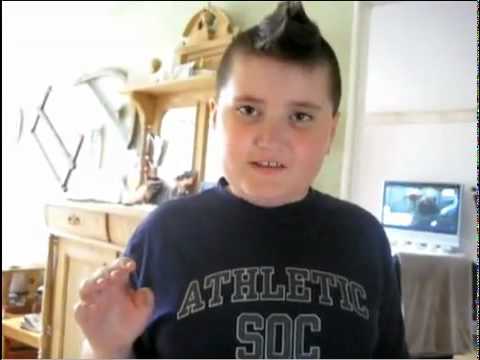
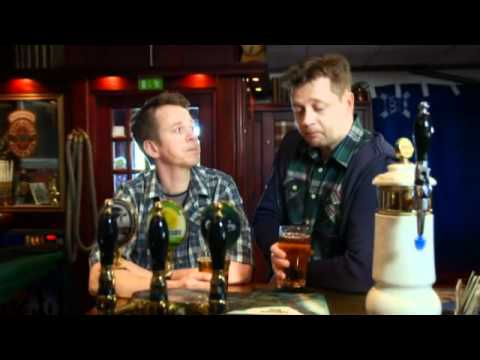
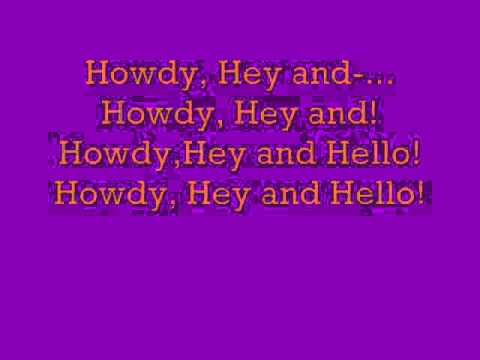
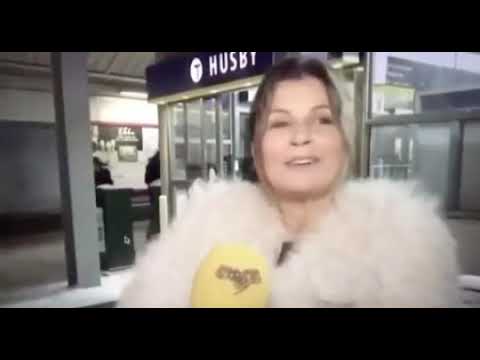
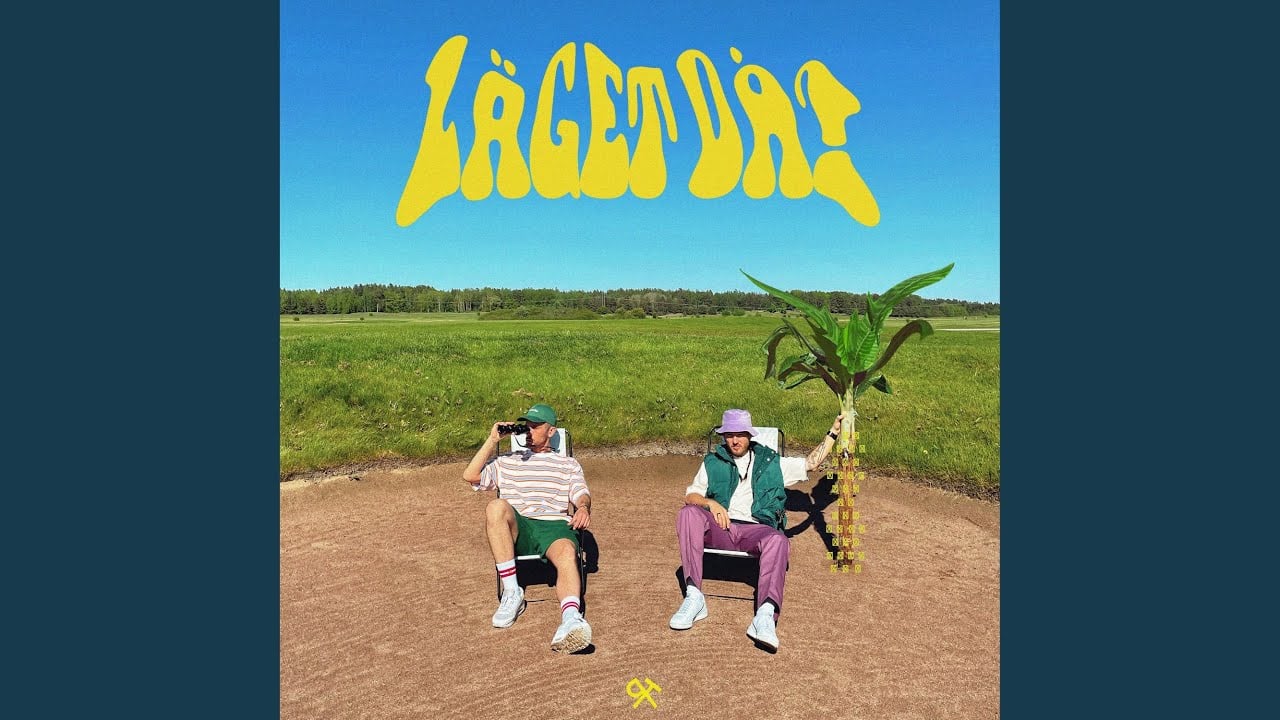

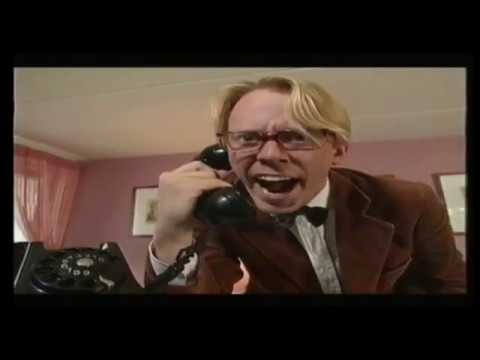

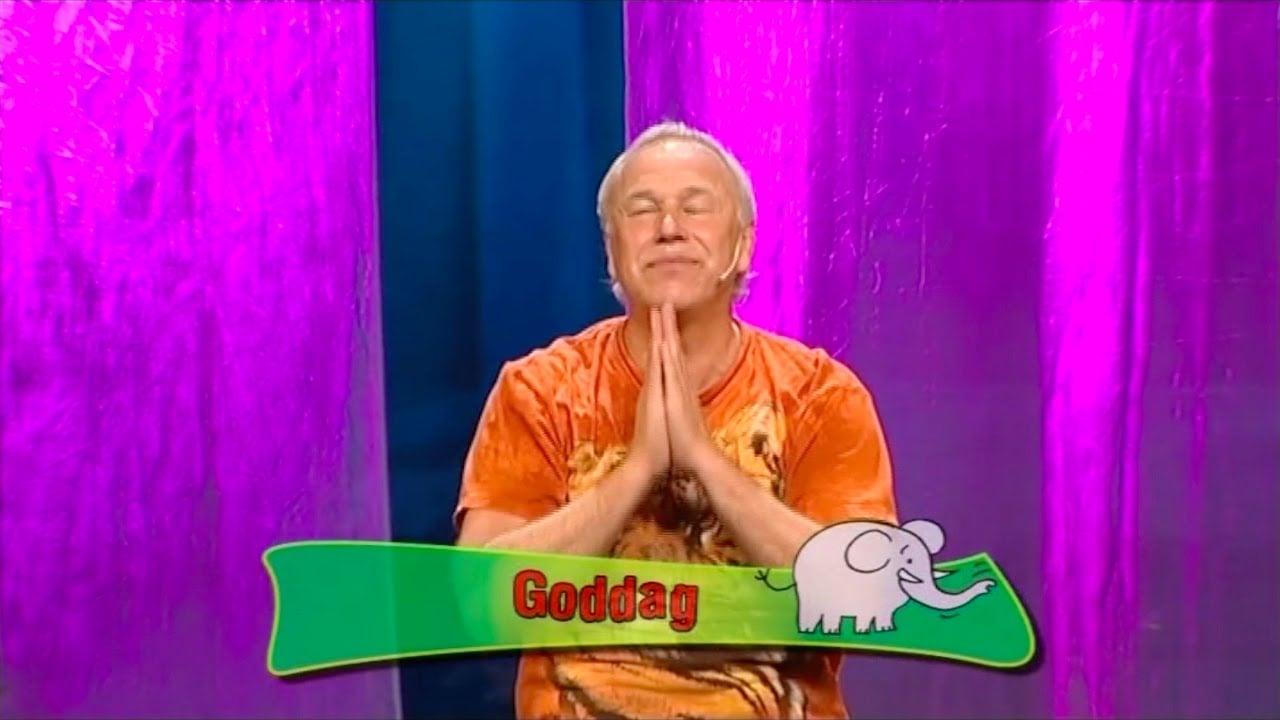

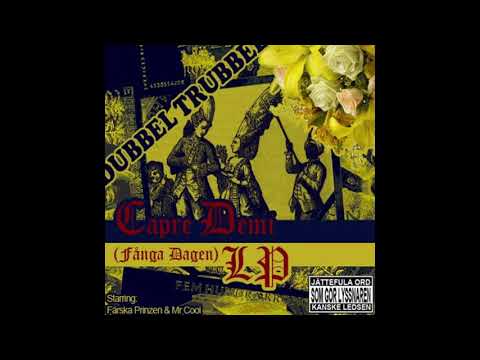
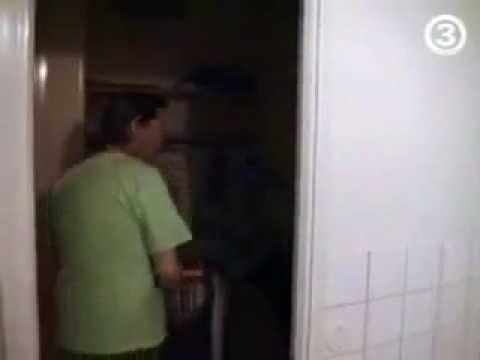
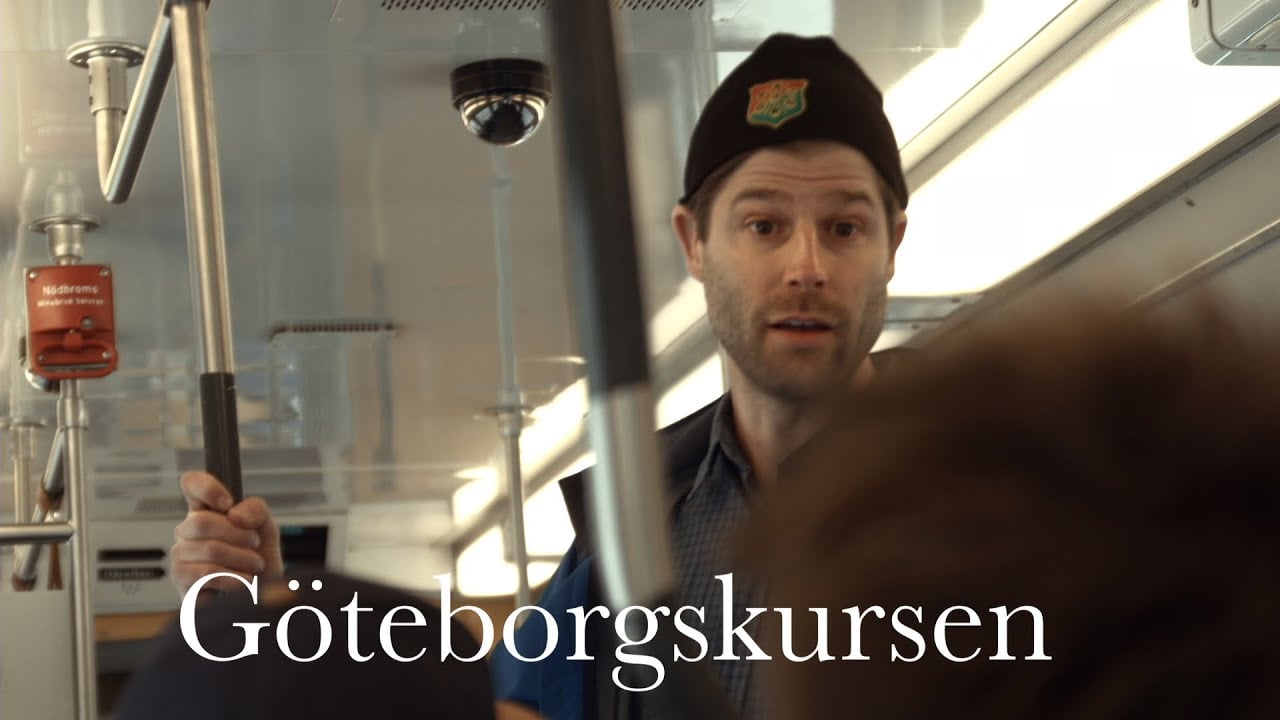
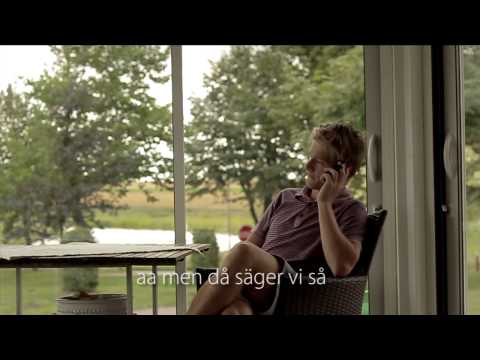
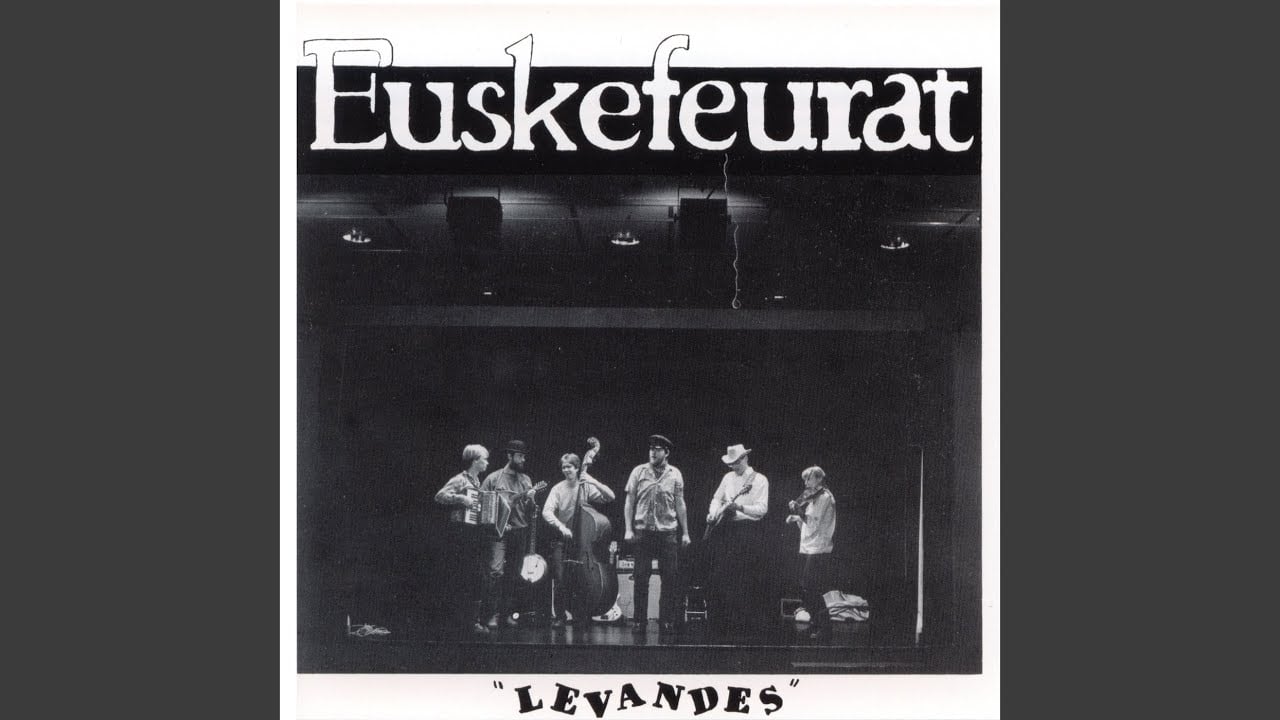
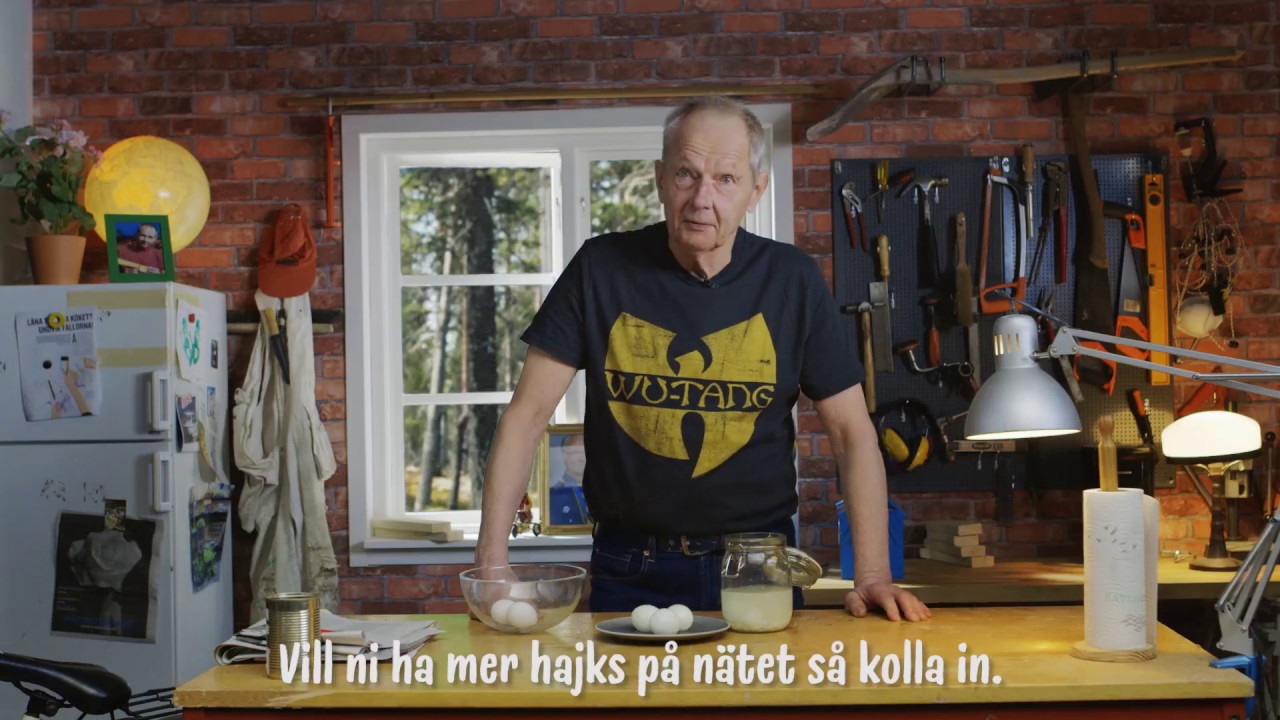
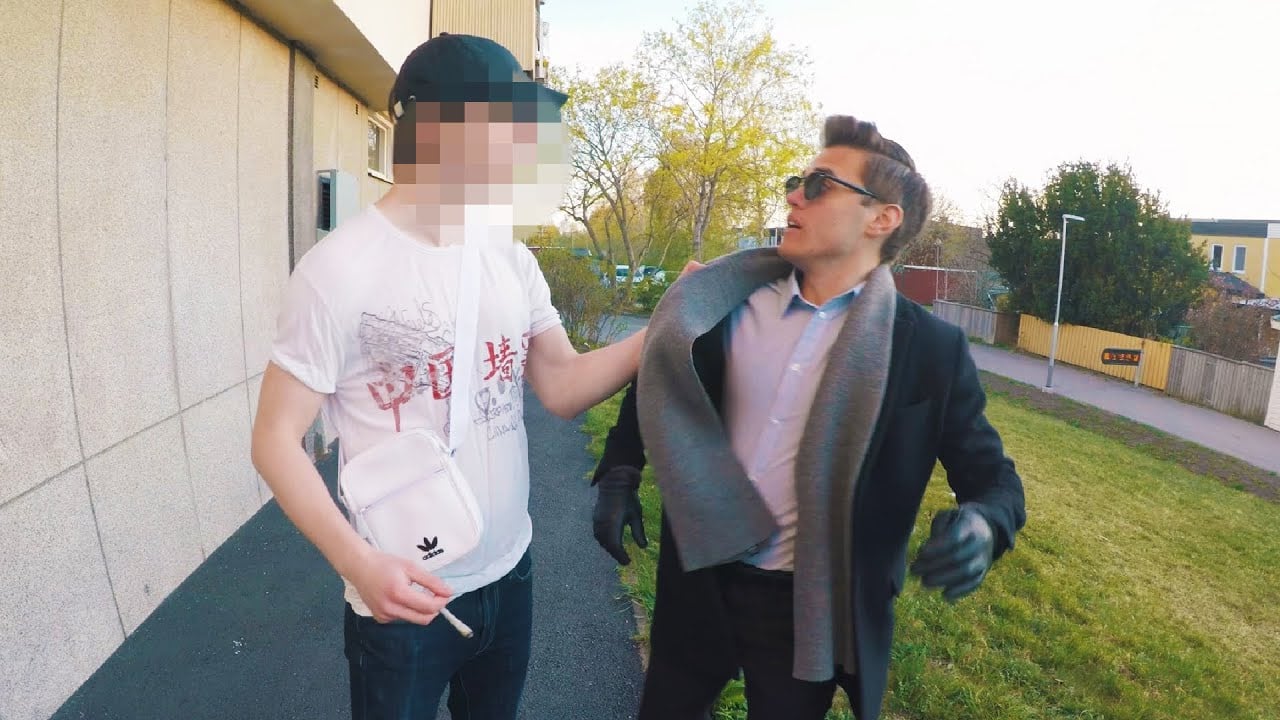
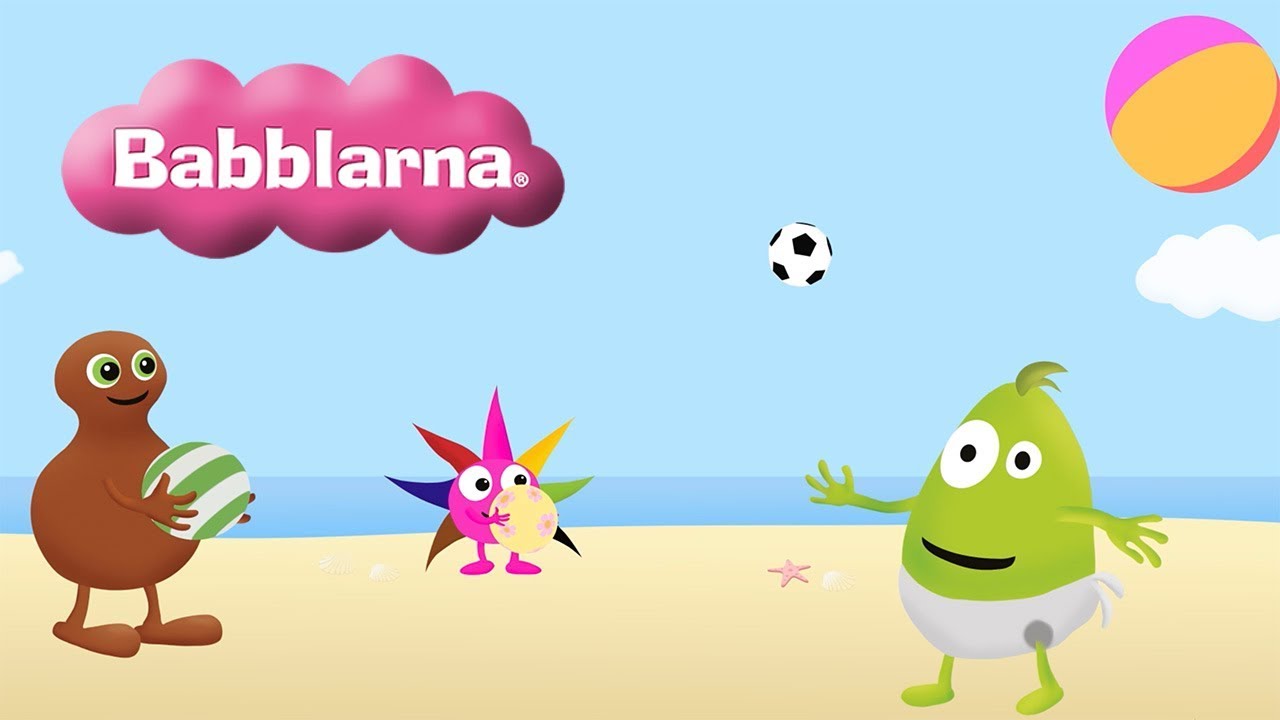
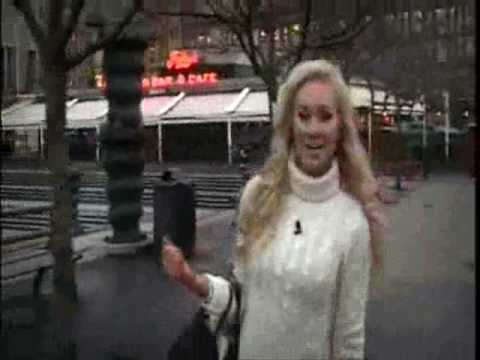
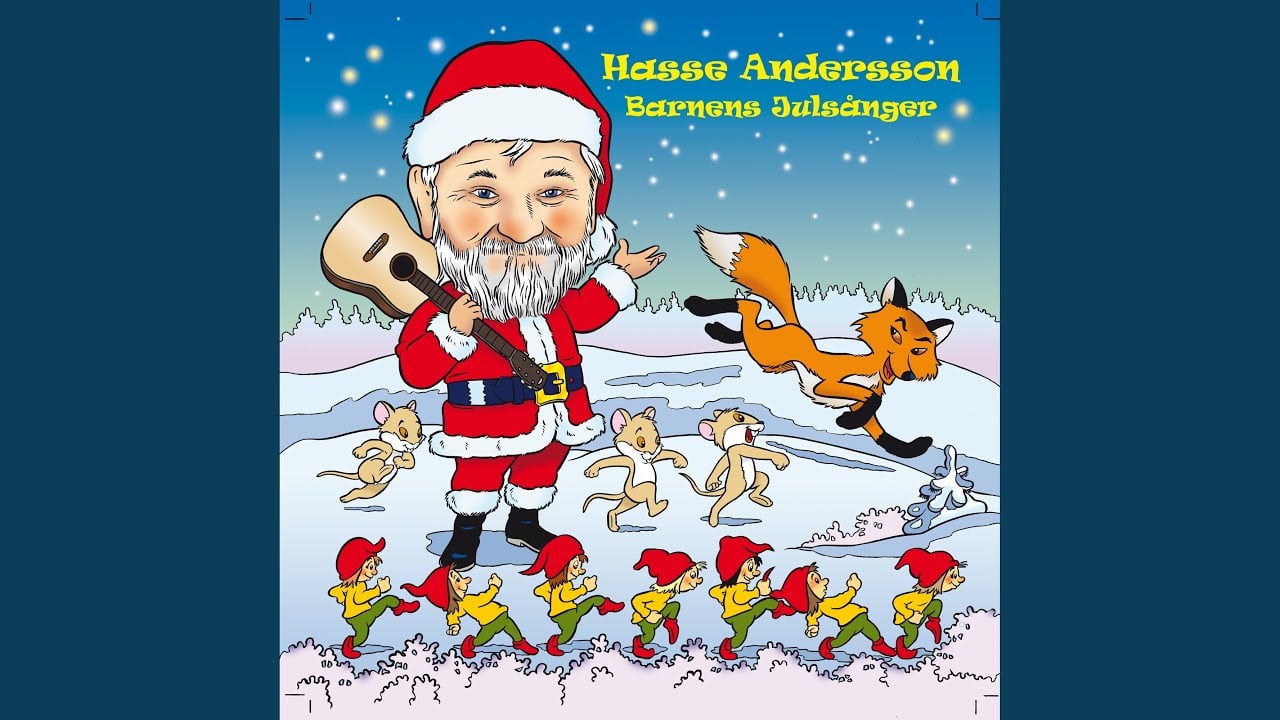
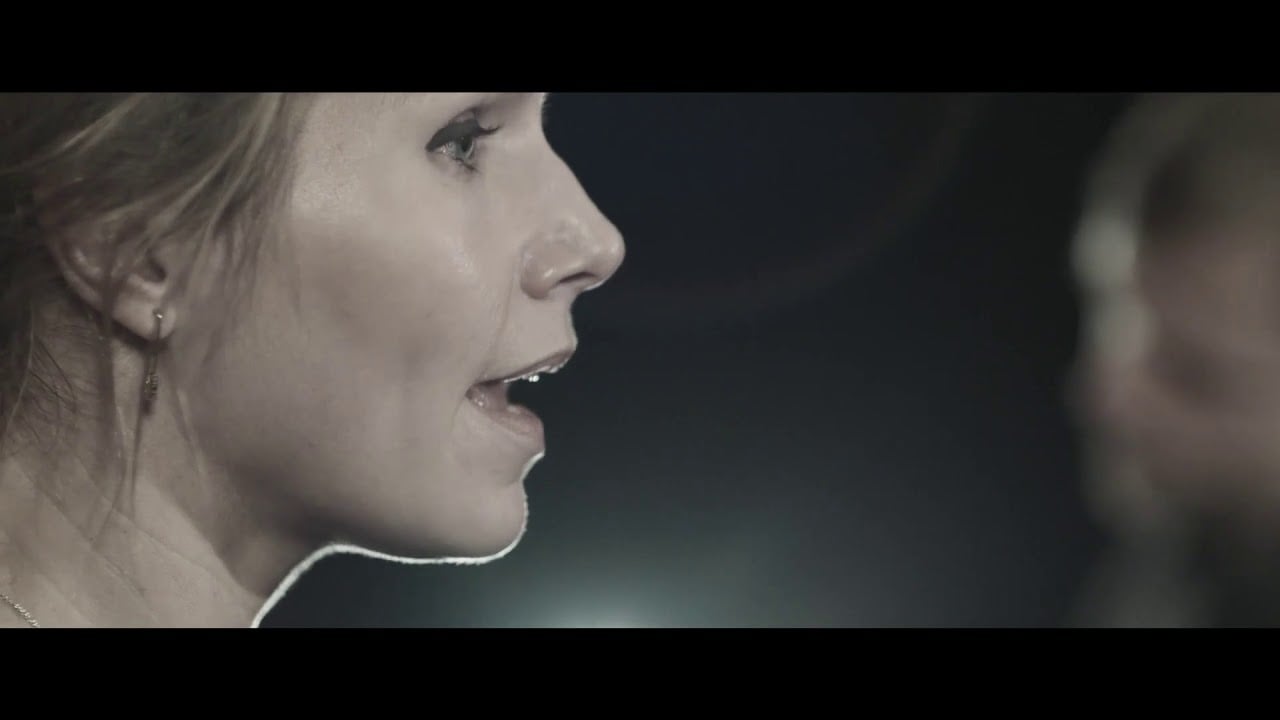
Tack så mycket, detta är till stor hjälp för mig. I’m from Indonesia and I like to learn North Germanic languages especially Swedish (Svenska).
Thank you for the article.
You should write ‘the Gothic Association is attributed’, not ‘are attributed’.